This post about traditional French cuisine is from Gigi, an expert on European food.
If you’re traveling to France, chances are you’re probably excited about the food and French haute cuisine.
After all, France is known around the world for its wines and cheeses, fluffy soufflés and airy mousses.
If you’re traveling to France for the food, you’re in for a real treat.

What is Traditional French Cuisine?
Like most of Europe, French cuisine is extremely regional. Travel to the Alps and you’ll find hearty, cheesy dishes like raclette and fondue (also very popular in Switzerland).
Visit Brittany and you’ll be eating buckwheat pancakes (known as galettes) and drinking hard cider.
Make your way up the coast and you’ll find mussels and frites on every menu.
Which means traditional French food is a hard term to pin down. Are there some dishes that have become famous worldwide?
Absolutely. Are there many you can find throughout France? Yes.
But if you truly want to experience traditional French cuisine, the trick is to think locally.
Where to Eat in Marseille
If you’re in the French Basque country, seek out their famous peppers and the buttery gateau Basque cake.
If you’re in Normandy, ask about their special salted lambs. And, if you’re traveling through Grenoble, look for the traditional crayfish chicken stew.
In short, traditional French cuisine encompasses a wide variety of traditions and it’d take a lifetime to explore them all (just in the category of cheese, you’ve got 365 varieties).
Below, I’ve plucked a variety of popular dishes—some extremely well-known and some you’ve probably never heard of—from a variety of locations.
But don’t forget to research by region when you plan your trip.
The Best of Traditional French Cuisine
You’ve probably heard of these next 12 dishes, but I’d be remiss if I skipped them. These are some of France’s most famous fare worldwide.
Soufflé
When most people think about traditional French food, soufflé is one of the first things that comes to mind. The dish—a light, fluffy, egg-based dish baked and served in a ramekin—can be served savory or sweet.
Cheese and chocolate are the most common versions you’ll see on the menu, but keep an eye out for lobster and caramel.
Invented in the 18th century by Vincent de la Chapelle, this is a dish you’ll see often in Paris (and honestly, around the world).
Rumor has it that you’ll find some of the best soufflé in the world at Restaurant Philippe Excoffier in Paris (one of my personal favorite spots).
Foie Gras
Foie gras—fattened goose or duck liver—is usually served as a mousse or pate to spread on toast or a baguette, though you can technically also buy the fatty organs whole.
The pate version is smooth and buttery and is served with a special foie gras knife.
This delicacy is a bit controversial, as it’s normally made by force-feeding the ducks and geese to enlarge and fatten their livers.
But don’t despair: There are versions where the animals are not force fed. If this is a concern, you may need to source this French delicacy from nearby Spain
Coq-au-Vin
Speaking of braising things in red wine, this other incredibly popular French dish is just that—but this time with chicken.
Traditionally, the recipe called for rooster (coq = cock), but today people make it with both male and female chickens.
Instant Pot Coq au Vin
To make this comfort food first you season and sear your chicken, then you slow-braise it in a Burgundy wine.
The longer you slow-braise, the more tender the meat.
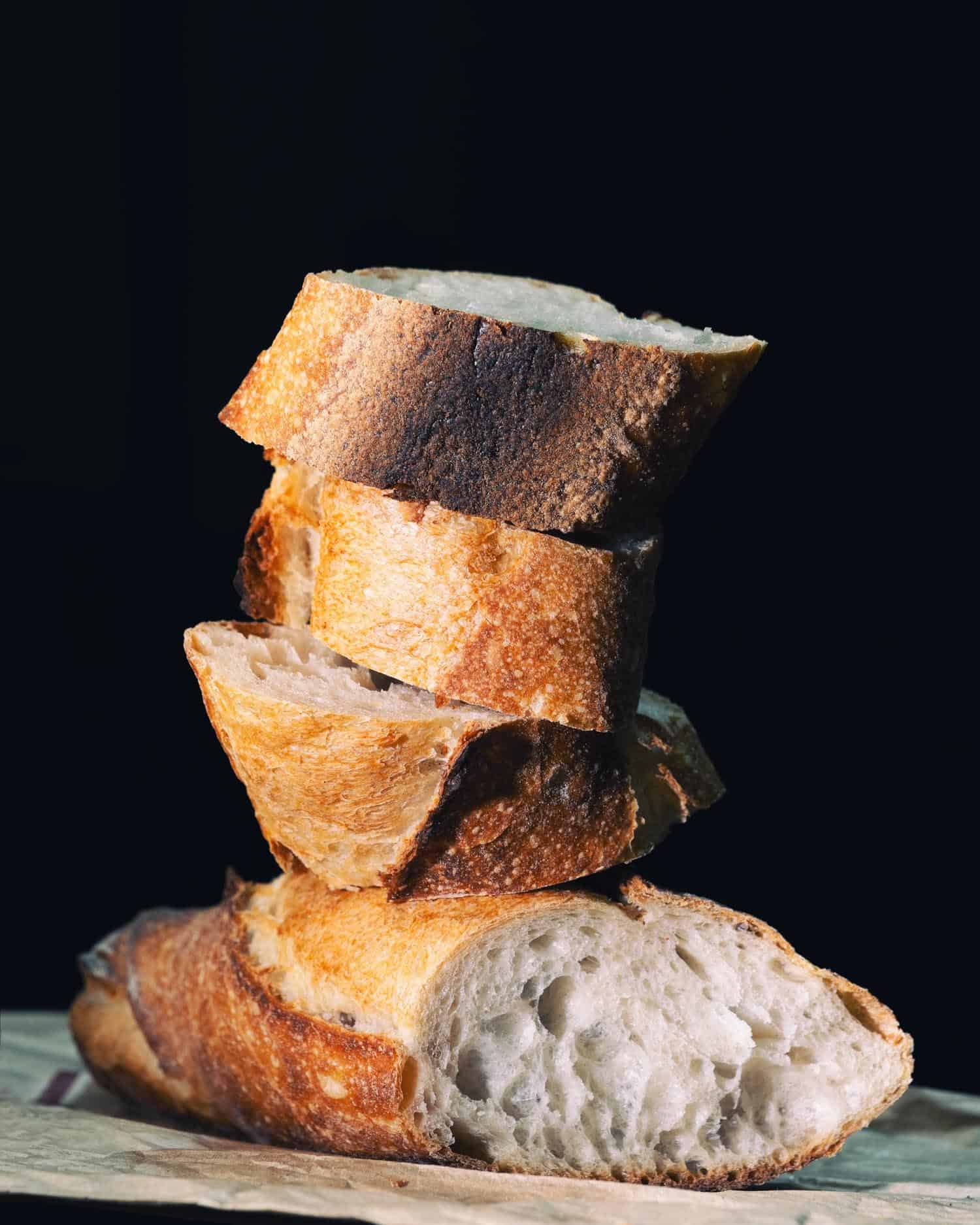
Baguettes
Want to look like a local? Head to your nearest French bakery, purchase a warm, fresh-baked traditional baguette, and wind your way home through the streets with it.
Once home, tear into it with your hands. The French tear their baguettes more often than cut them, dipping the torn pieces in sauces, spreads, jams, or simply eating them plain.
Baguettes should be crunchy on the outside and soft on the inside. Buy yours warm straight from the oven for something truly heavenly.
A baguette, some French cheese, and a bottle of wine are a perfectly acceptable, perfectly French picnic lunch.
Escargot
Usually drenched in butter and garlic, escargot is a fancy word for land snails. But don’t let that put you off.
Here in France, they’re a delicacy and the flavor and texture aren’t what you’d imagine.
The flavor and texture are somewhat similar to mussels, but milder, making them a great protein to show off the flavors of the butter, garlic, white wine, and other sauce ingredients.
Ratatouille
Pronounced rah-tuh-too-ee, this garlicky, oniony veggie stew comes from the south of France—around Nice and Provence.
Expect lots of tomatoes, red peppers, eggplant, and zucchini assembled in a pretty way.
Ratatouille
Purists say ratatouille veggies must be individually fried and smoked before they’re mixed together, but plenty of chefs cook them together.
Moules Frites
This simple dish of mussels drenched in white wine, butter, and often garlic and served with crispy fries is a coastal favorite.
Some say the dish originated in Belgium. Others claim its heritage is French.
Either way, it’s worth ordering—especially on a sunny day in a coastal town in the north with a crisp glass of white wine.
Steak Tartare
For many Americans, steak tartare sounds alarming.
Raw beef? Raw eggs? How is that even safe?
But the truth is that the French eat it all the time with no real consequences (turns out US lettuce is more dangerous).
And the even better truth is that it is utterly delicious.
This typical French dish is made with raw ground meat, onions, capers, pepper, mustard, and other seasonings, usually topped off by a shiny, raw egg yolk and served with toast.
Some restaurants mix the ingredients for you; others let you do the mixing to your taste.
Frog Legs
Rumor has it, the history of frog legs as a French delicacy starts with a bunch of overweight monks.
When the church ordered these fellows onto a diet that required no meat eating several days a week, well, they just had to come up with a way around it, didn’t they?
Fish didn’t count as meat and so the monks made the argument (successfully) that frogs were also fish. After all, they did hang out in the water.
And so frog legs became the pudgy monks’ go-to on no-meat days—a trend the religious peasantry quickly fell in line with. From there, the popularity only grew.
These days, they’re served fried or stir-fried and likened in flavor to crayfish and texture to chicken.
Quiche Lorraine
Take a pastry crust and fill it with eggs, milk, sometimes cheese, and lardons (bacon or pork fat), bake it all up in a cast iron pan, and you’ve got yourself a quiche Lorraine.
The dish is considered a winter staple and you’ll find it on most café menus.
Interestingly, though it’s a French staple dish, its origins are probably not French.
Experts say quiche came to the French via Germany.
Croissants
Their origins may be Austrian, but today croissants are an essential part of the French cuisine landscape.
The exterior of a croissant should be a shiny light brown with a flaky crust, the interior a collection of soft buttery layers.
You’ll find these mostly at bakeries and pastry shops, but look for them on restaurant breakfast menus as well.
The ones at Colorova Patisserie in Paris—served up with homemade Nutella and jams—are exceptional.
Boeuf Bourguignon
This specialty, made particularly famous by Julia Child, likely hails from Burgundy, though some contest that it’s linked with Burgundy not because it’s from there but because it uses Burgundy wine in the recipe.
Either way, this beef stew braised in red wine has become one of France’s most well-known dishes around the world.
True boeuf bourguignon features Charolais cattle—a special type of cow found in Burgundy and fed a special healthy diet.
Traditionally, the stew is prepared over the course of two days, leaving what would be a tough cut of meat deliciously tender and layered with flavor.
It’s often served with potatoes.
Lesser-Known Traditional French Food
Galettes
Similar to crepes, this savory buckwheat pancake is a staple in the region of Brittany. Sometimes it’s served crispy, sometimes soft.
Sometimes it’s stuffed veggies, sometimes ham, cheese, and eggs.
Bretons eat theirs with a glass of local, sparkling alcoholic cider made with apples or pears or wrapped around a hot, grilled pork sausage (this is called a galette saucisse).
Crayfish Chicken Stew
Ask a local in Grenoble about crayfish stew and they’ll nod knowingly. Ask anyone outside the city and you’ll get a curious look.
In fact, after my own visit, I wasn’t even able to find more information online. So consider this specialty a hyper-local one.
The stew is served with pieces of whole bone-in chicken and crayfish with the shells still on for flavor. The sauce is thick, creamy, and orange from spices and tomato.
And when we tried ours, it was served with scalloped potatoes so thin they melted in our mouths.
Try the version at La Ferme à Dédé in Grenoble’s city center.
Gougères
These little balls of savory cheese pastry come from Burgundy and can be served warm or cold, often alongside a wine tasting. The outside of the little balls is golden brown and crispy and the inside is airy and soft. Sometimes they’re stuffed with snails or mushrooms.
These little balls of savory cheese pastry come from Burgundy and can be served warm or cold, often alongside a wine tasting.
The outside of the little balls is golden brown and crispy and the inside is airy and soft. Sometimes they’re stuffed with snails or mushrooms.
Breton Salted Butter
In the Middle Ages, most of France was very careful about their salt consumption. After all, salt was highly taxed.
But not so in Brittany. There was no tax on salt here and so the Bretons became known for their salty fare. One of the most famous of which is the salted butter.
Unlike the salted butter you’ll find in grocery store coolers, Breton salted butter is usually crunchy—with coarse grains of salt that haven’t been fully melted into the butter itself. I
t’s used for everything from sautéing to baking to making the famed salted butter caramel sold in every bakery, shop, and fresh market in the region.
Agneau de Pré-Salé
Raised in salt marsh meadows (like those found around the famous Mont-Saint-Michel in Normandy), this particular lamb eats a diet high in salt and is raised without growth hormones.
They say this gives the lamb its particular flavor.
If you see one on the restaurant menu, ask if it’s AOC or AOP certified (if not, it may not be the real deal) and where it’s from (gallois means it isn’t French).
And don’t expect the waiter to ask how you want it cooked. Rare is the only way to serve up agneau de pré-salé according to the French.
Lait Ribot
Fermented milk beverages are served up around the world—and France is no exception.
Lait ribot is the version you’ll find in Brittany. It’s rich in probiotics and protein is a drink beloved by locals.
Different palates experience it slightly differently. Some describe it as cheesy.
Others liken it to drinkable yogurt. Still others say it tastes faintly sparkling.
Traditional French Desserts
Macarons
These colorful little sandwich cookies are a French staple that’s made its way around the world.
You’ll find them everywhere from Canadian fresh markets to resorts on the Mexican Riviera.
Though, of course, you’re more likely to get the real deal here in France.
Rumor has it that the macaron came to France via Italy in the simple form of an almond cookie.
From there, the cookie evolved until its current form—filled with jam, ganache, or buttercream—emerged in the 1890s in Paris.
A well-made macaron should have a crisp outer shell, a soft cookie interior, and a pop of flavor from the ganache or jam.
Kouign-Amann
Layer butter, sugar, butter, sugar, and then more butter in a swirl pattern and what do you get?
The answer is a fluffy circular pastry with a crunchy caramelized top known as kouign-amann. French bakeries sell them in small rounds perfect for 1 – 2 people or larger almost pie-like cakes to share.
My favorite version is at Boulangerie Coupel in Rennes.
Salted Butter Caramel
Traditional salted butter caramel (caramels au beurre salé in French) is made with Brittany’s famous salted butter, sugar, and cream—perhaps with a little added sea salt.
The result is a thick, sticky syrup or candy with that distinctive caramel taste, enhanced by the pop of salt.
Pot de Crème
A custard dessert with a texture that falls somewhere between mousse and flan, this bit of sugary goodness is—as the name suggests—usually served up in a small pot or ramekin (or, in the case of the version at Frenchie Bar a Vins in Paris, a jar).
Éclairs
If you’ve heard of any French delicacies, you’ve heard of éclairs—light, oval pastries filled with flavored custard and topped with frosting to match.
The most popular versions are chocolate, vanilla, and coffee, though you’ll find plenty of variety out there too, including caramel, pistachio, fruit fillings, and chestnut.
Currently, L’éclair de Genie is a particularly popular place to try this popular pastry with a new series of twists.
Unusual flavors found here include coconut praline with hazelnuts, salted butter caramel (a fan favorite), lemon yuzu, and pistachio raspberry.
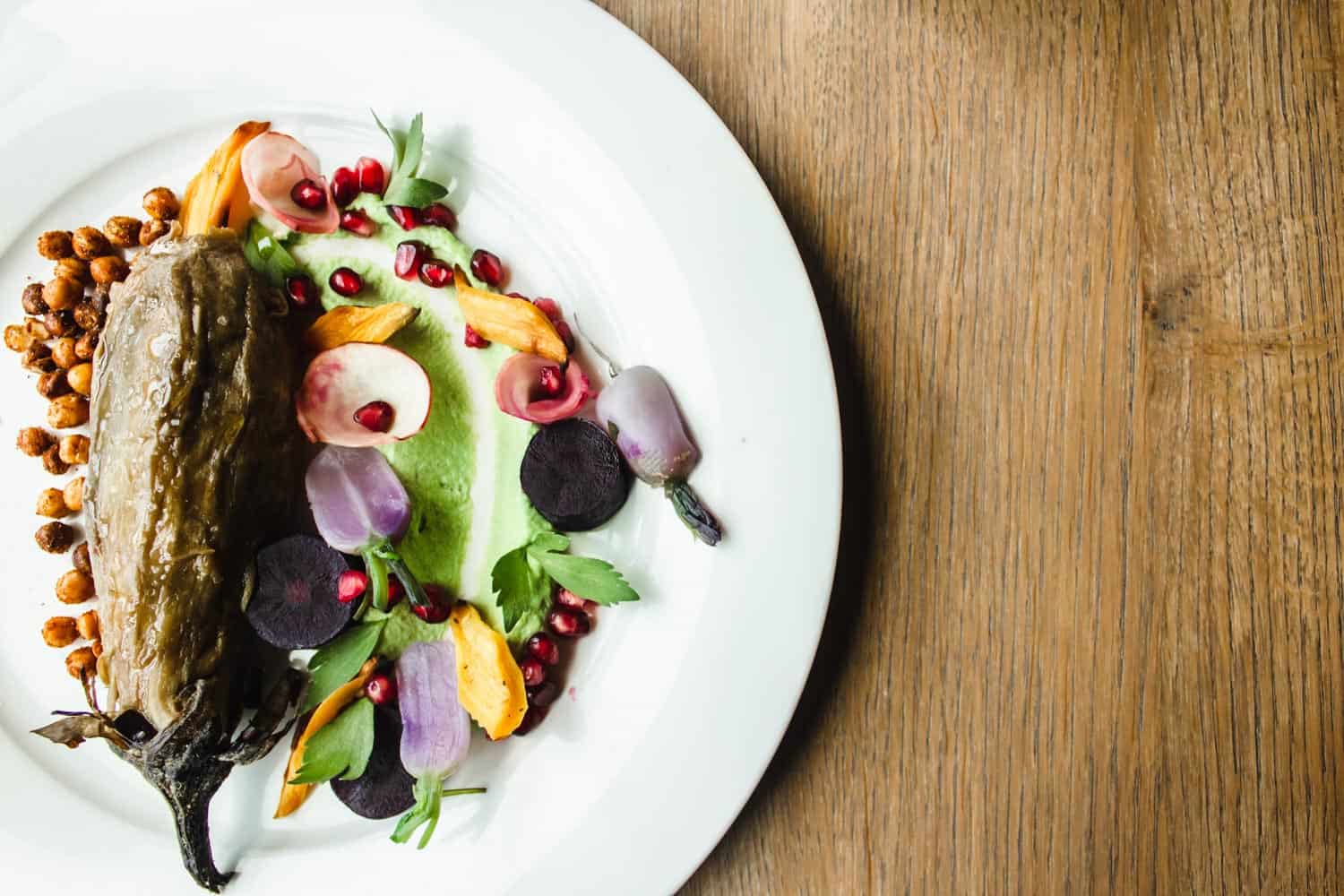
Is France Vegetarian-Friendly?
Yes. While there are plenty of traditional dishes that center around meat, there are also plenty—like ratatouille, soufflés, and galettes that are either vegetarian or can be easily served vegetarian.
Make sure to ask specific questions (there are stories out there about vegetarian salads being served with ham), but do expect to find vegetarian options on many menus.
Vegans will have a tougher time, as eggs and cheese are French staples.
Can You Eat Gluten-Free in France?
Yes. While baked goods are a huge part of French cuisine, you can certainly pass them up in favor of the country’s incredible cheeses and gluten-free dishes.
You’ll even be able to eat crepes—just make sure they’re the 100% buckwheat variety known in Brittany as a galette (and do double-check with the galette-maker; some are not made with 100% buckwheat).
And France’s most popular cookie—the macaron—is usually made with almond flour (though, again, always make sure to double check).
If you’re celiac and traveling to France, check out Jodi’s guide at Legal Nomads
Gigi Griffis is a world-traveling entrepreneur and writer with a special love for all things European food and adventure. She’s a pain in the butt to travel with because she’ll make you go to every farmers market twice, but she’s also pretty good at finding the best food a place has to offer. You can also find her at gigigriffis.com.
Pin it For Later: Classic French Dishes
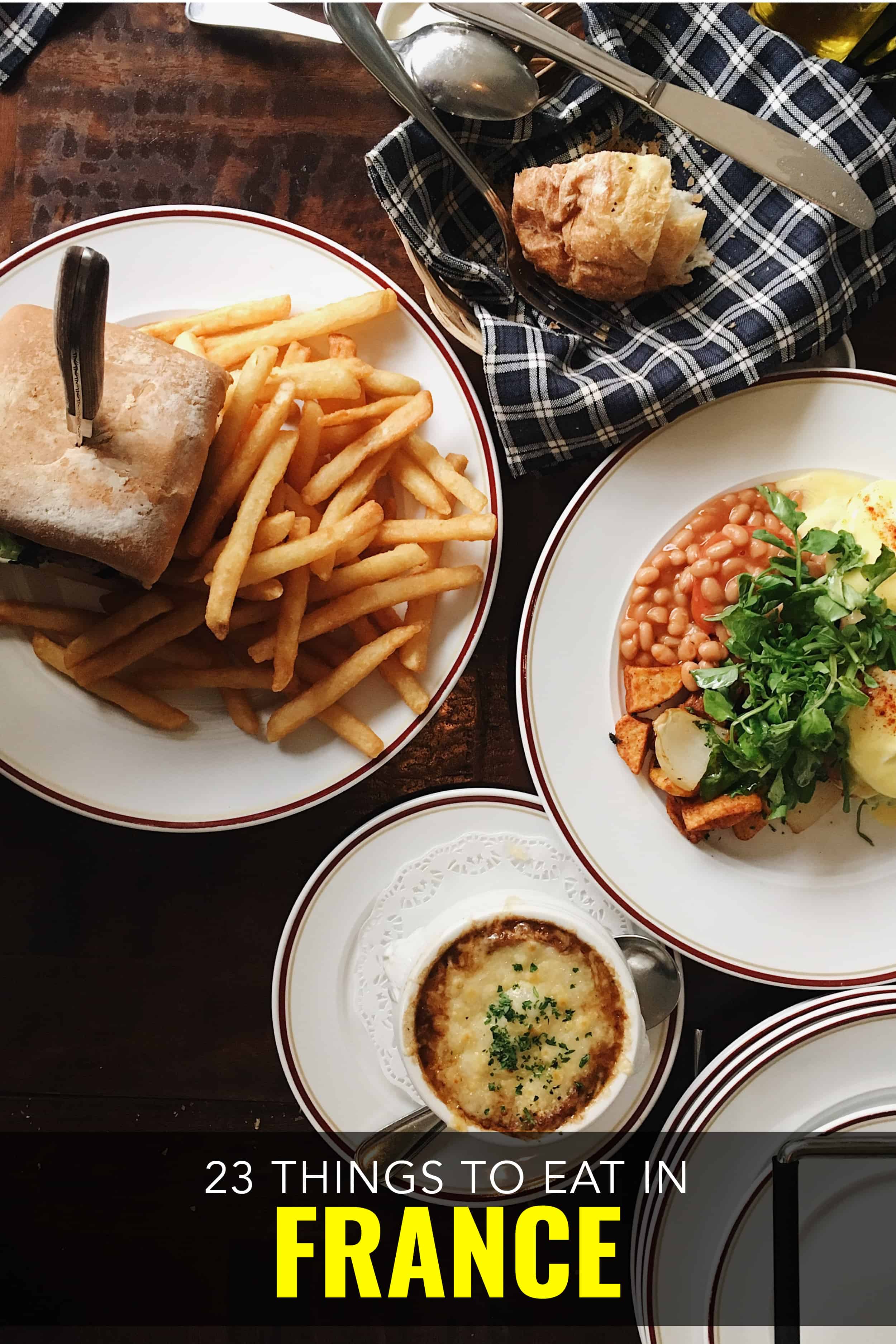
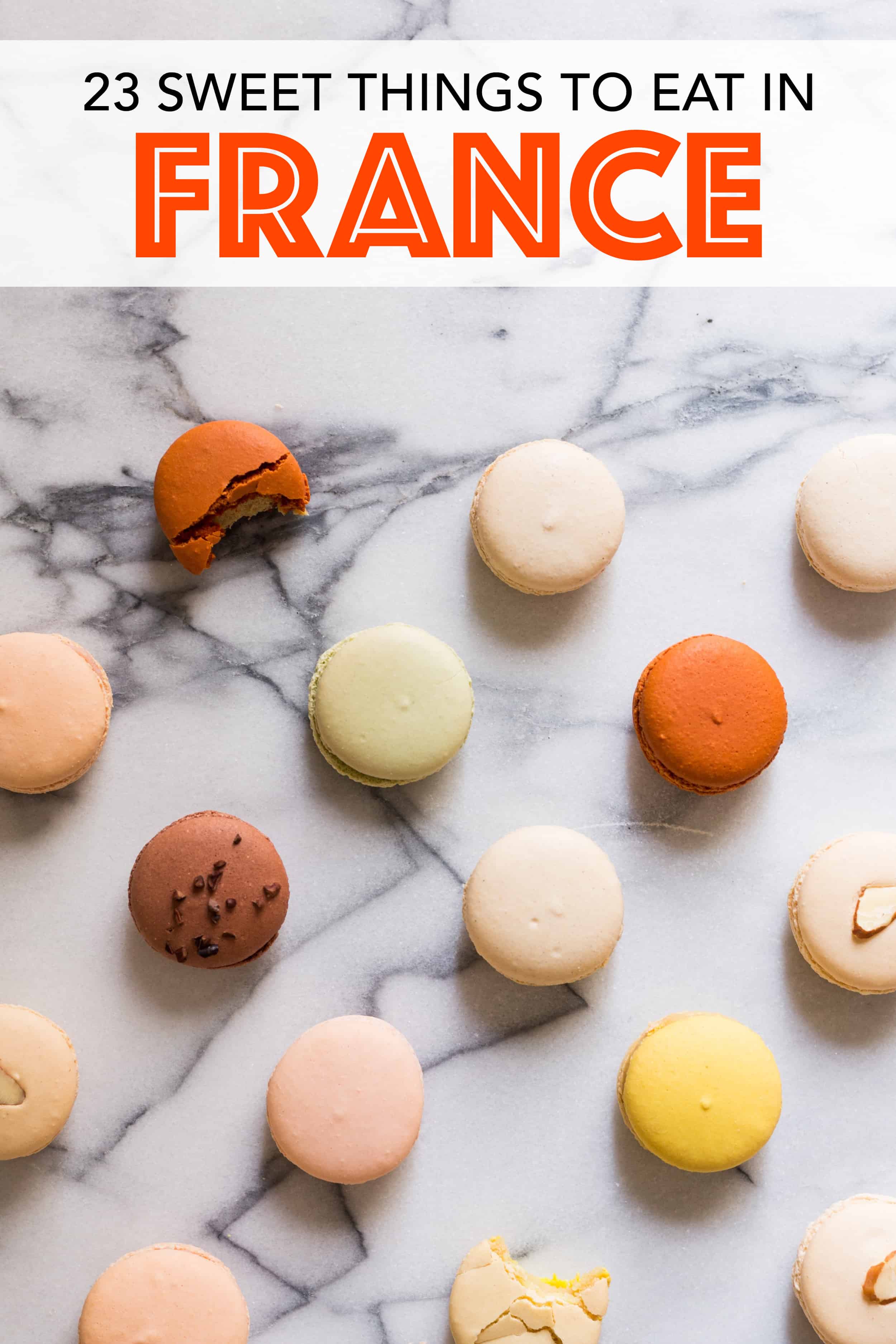
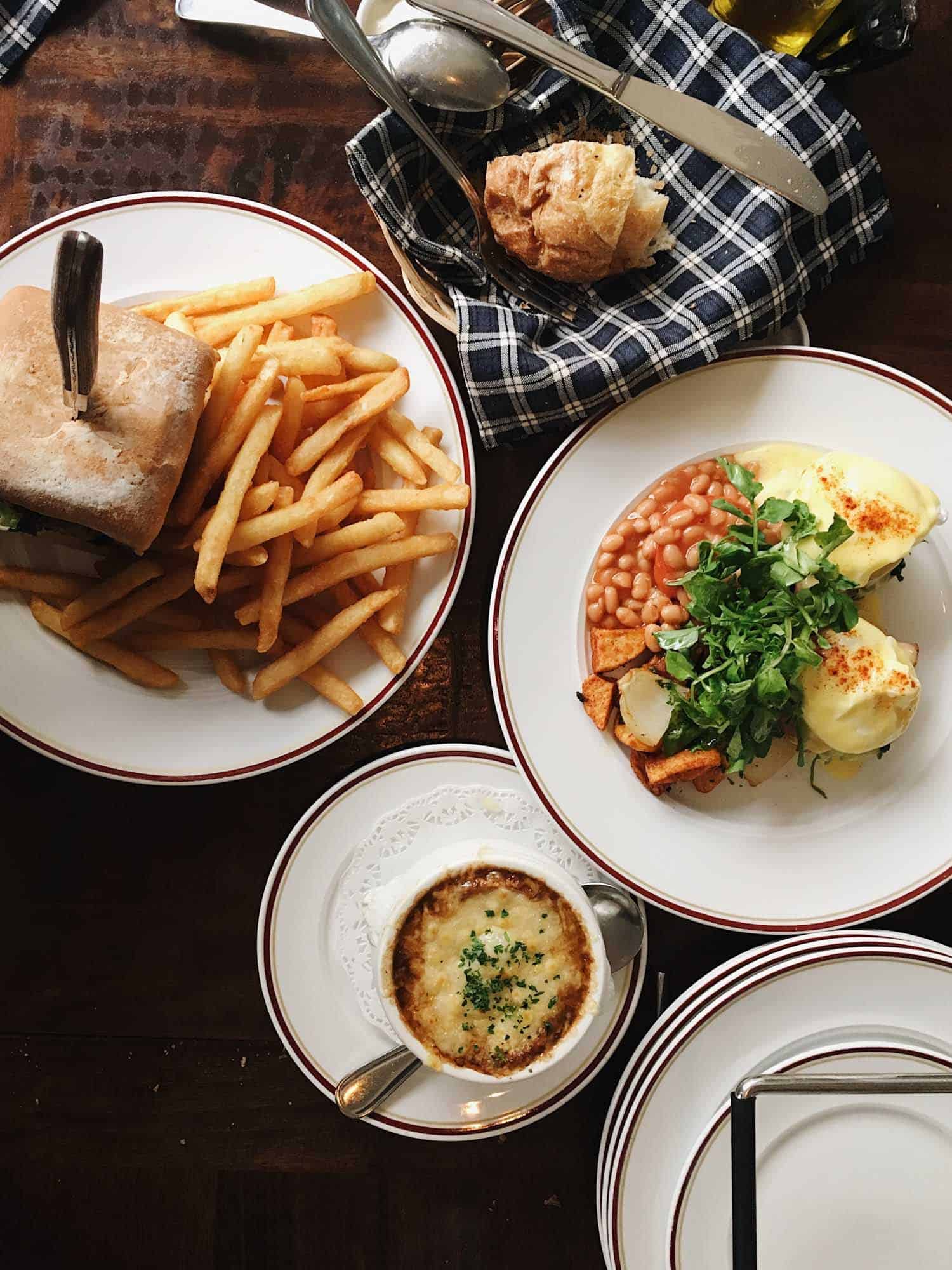
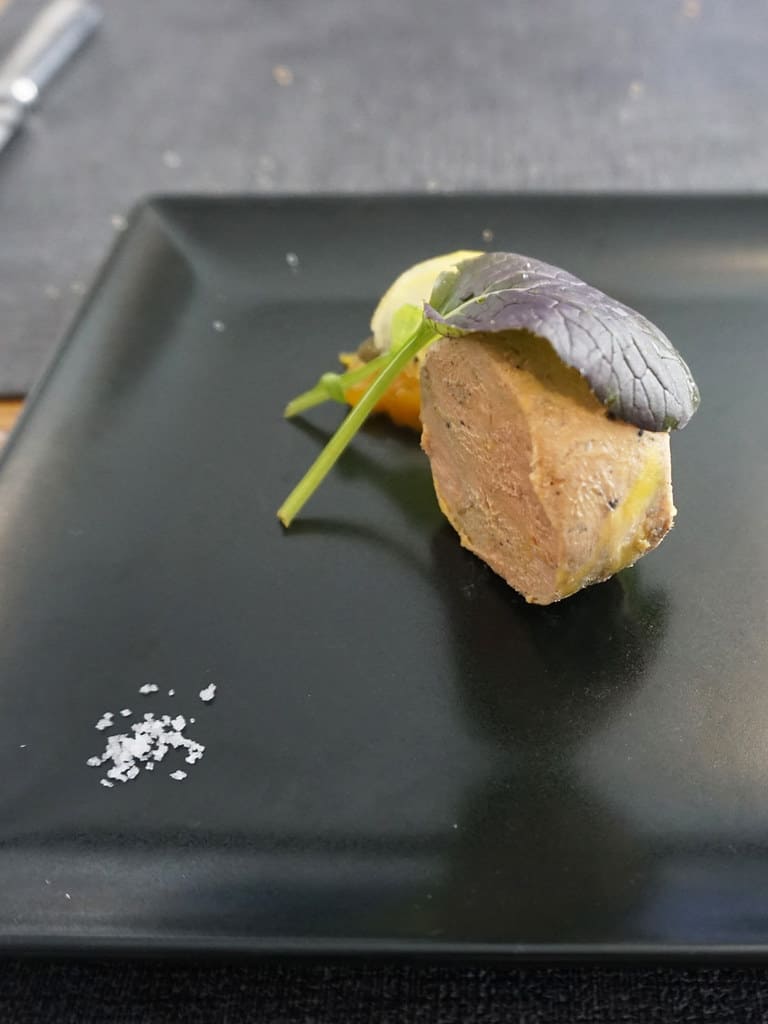
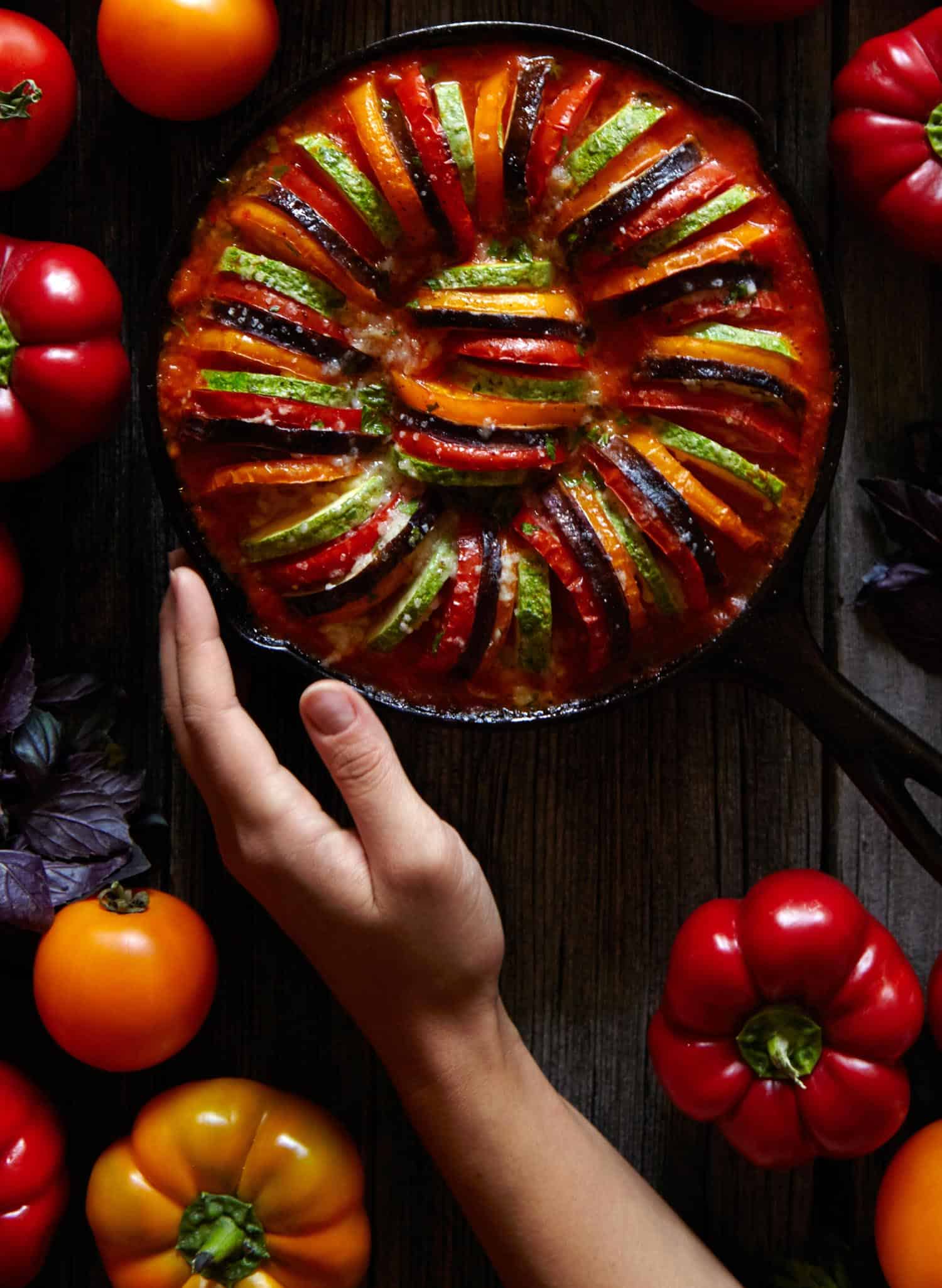
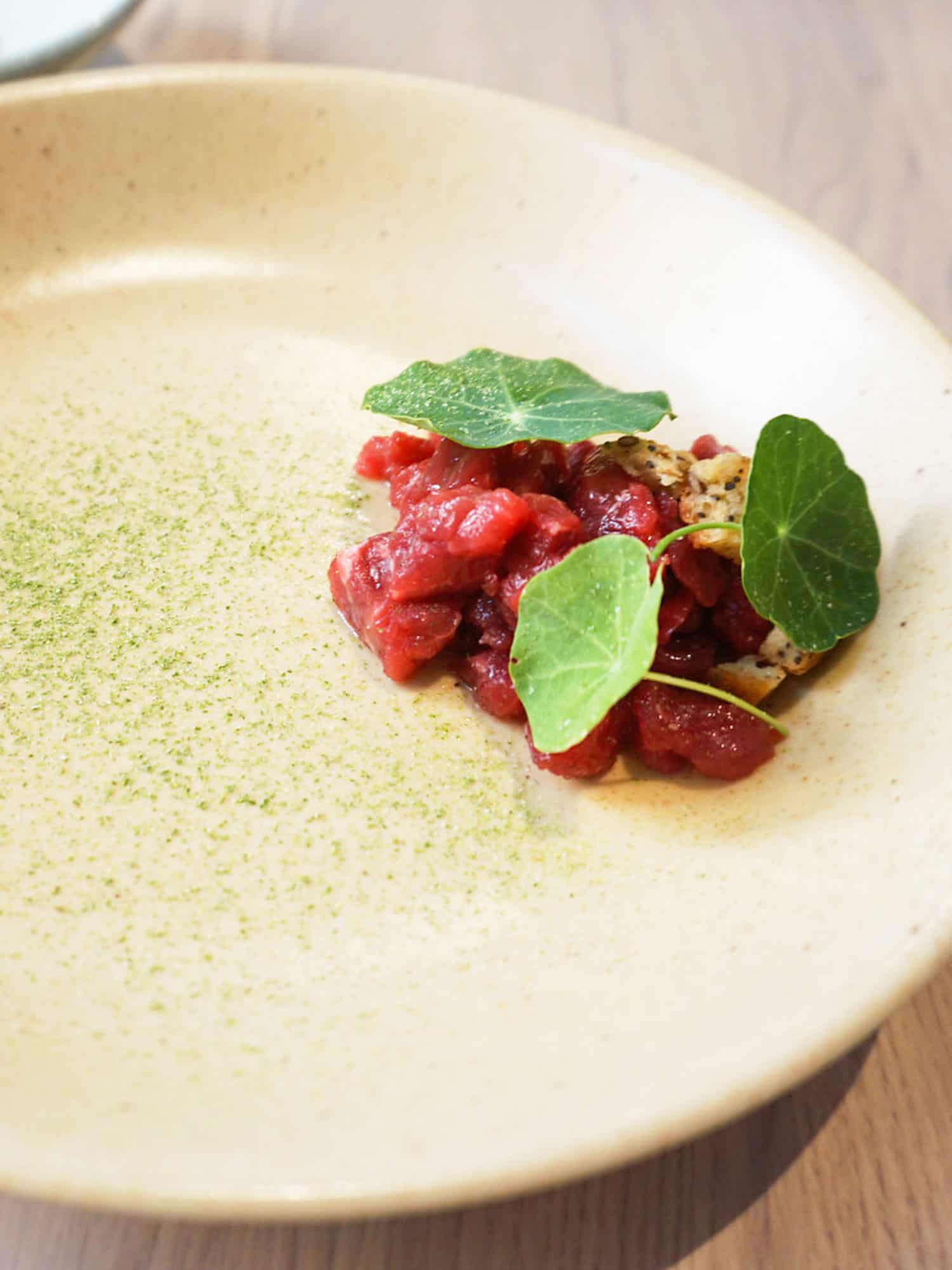
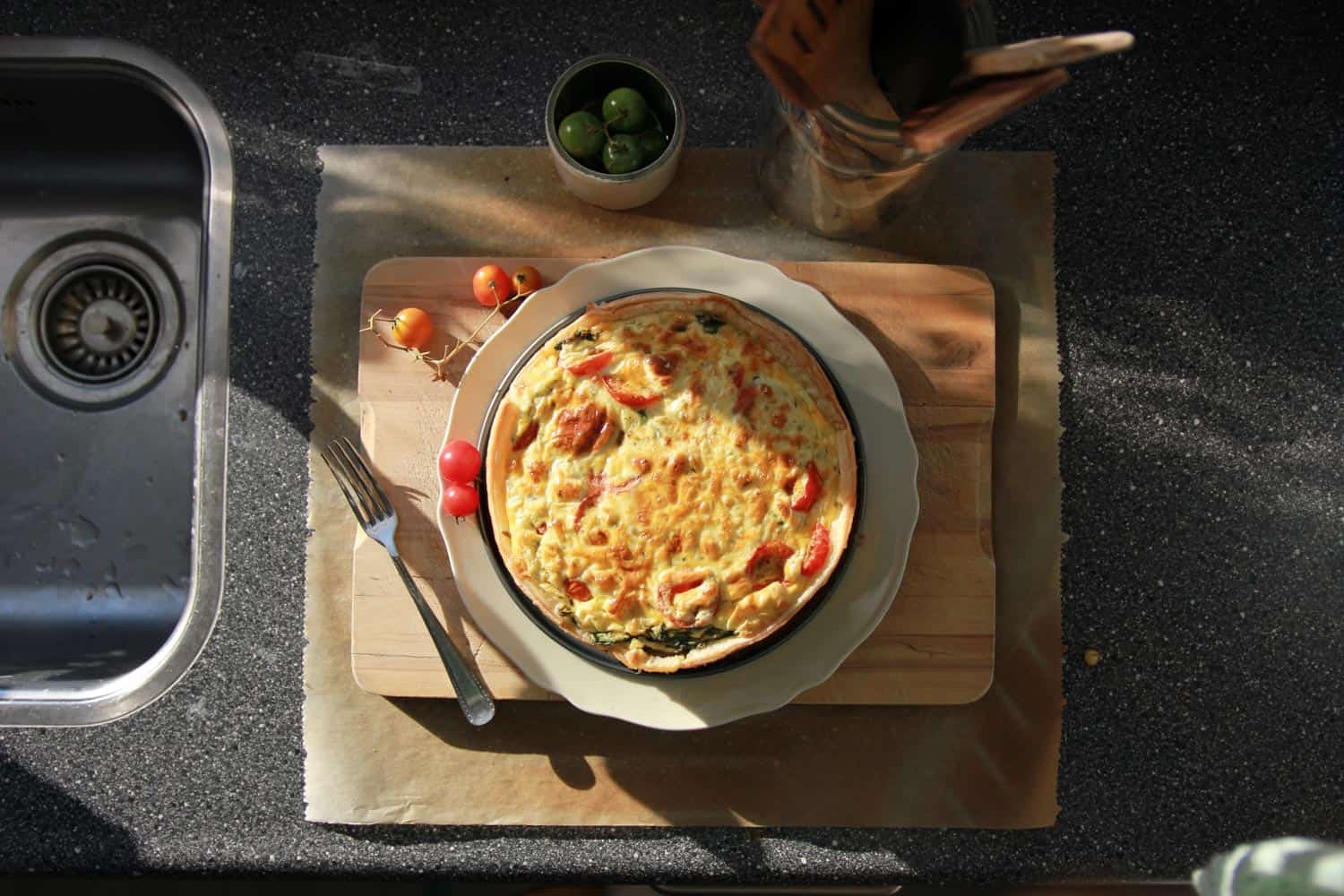

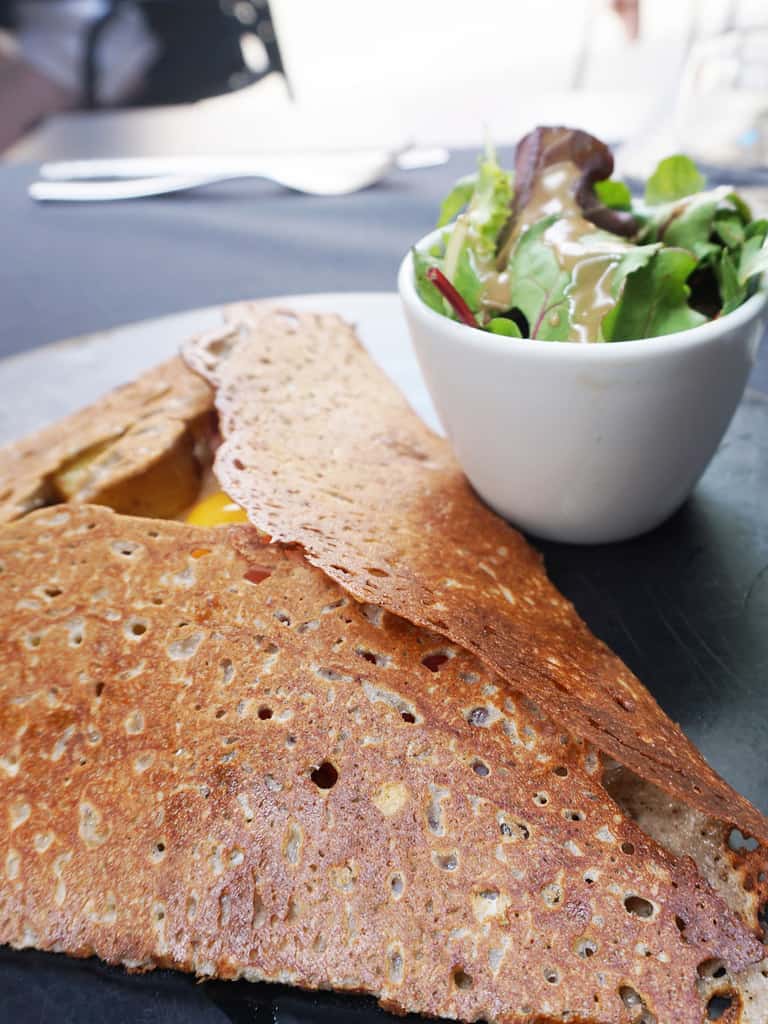
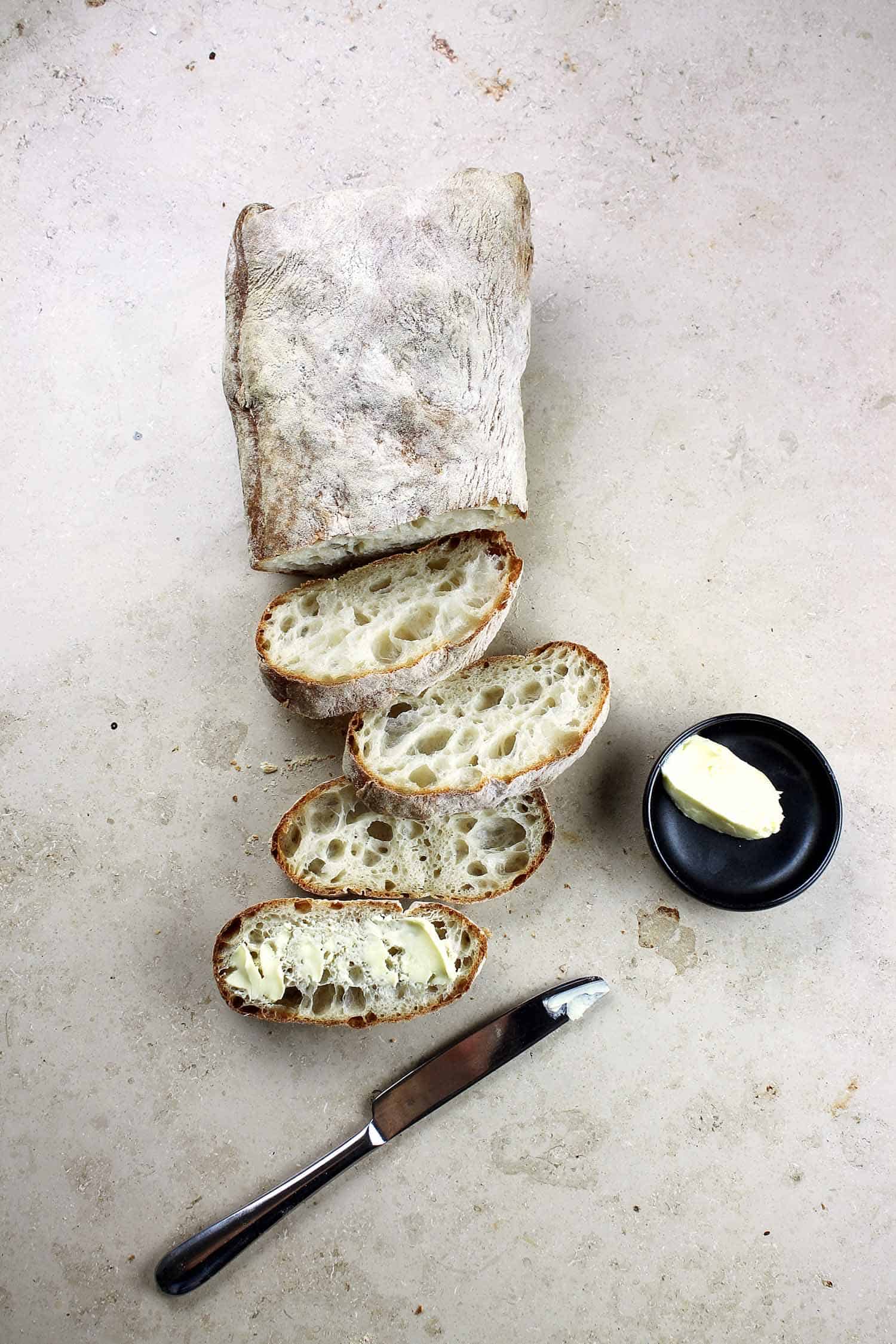
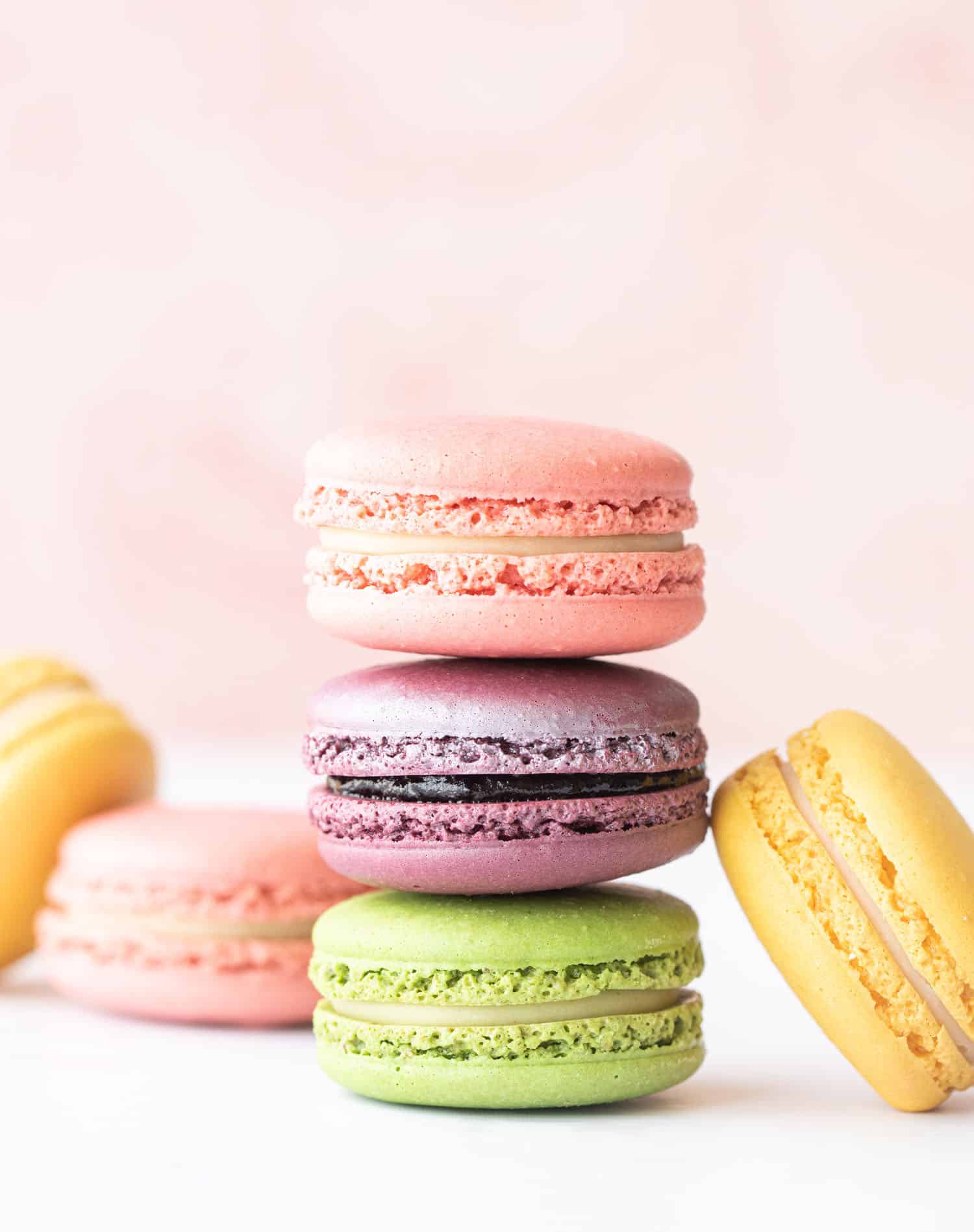
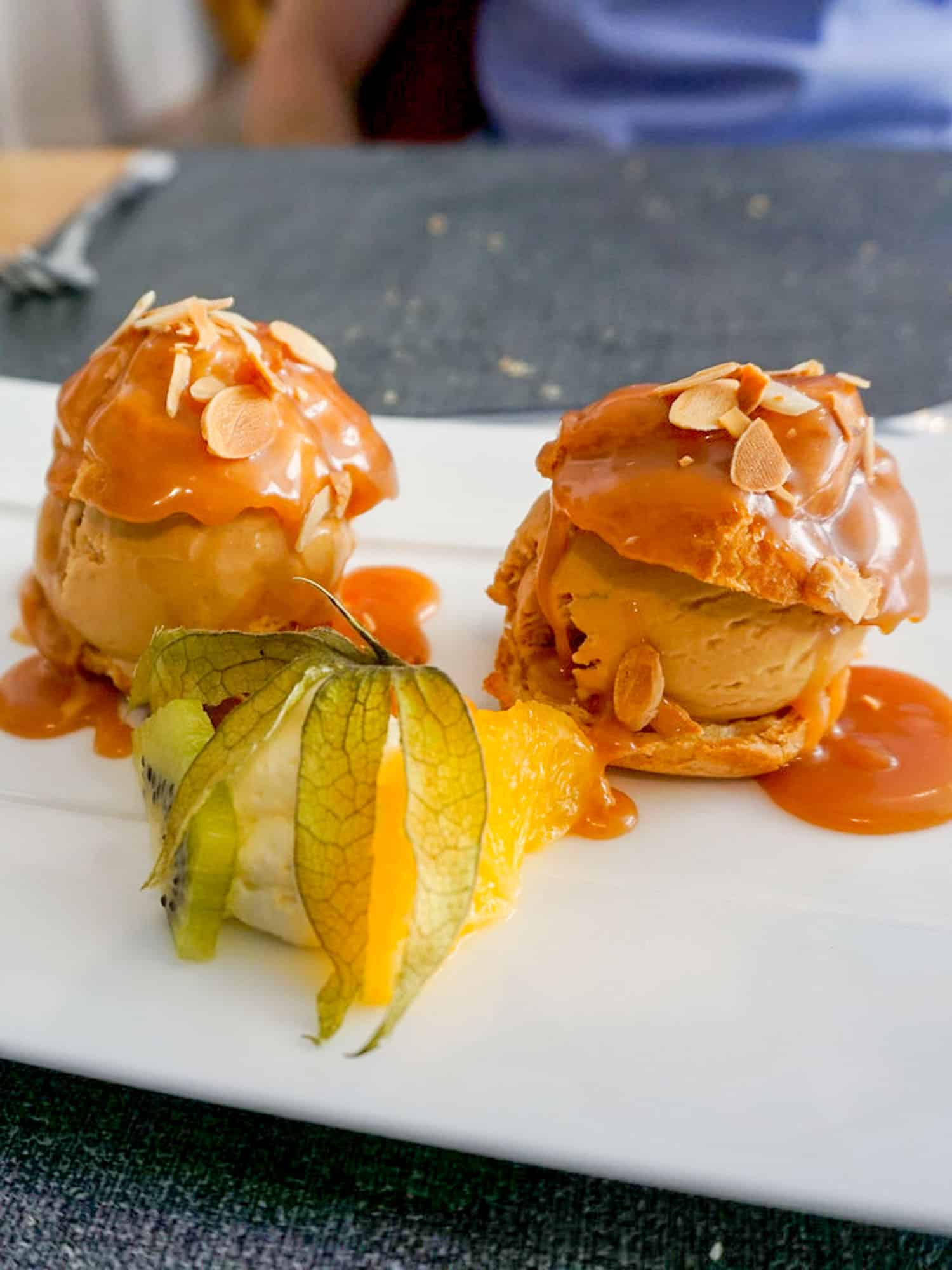
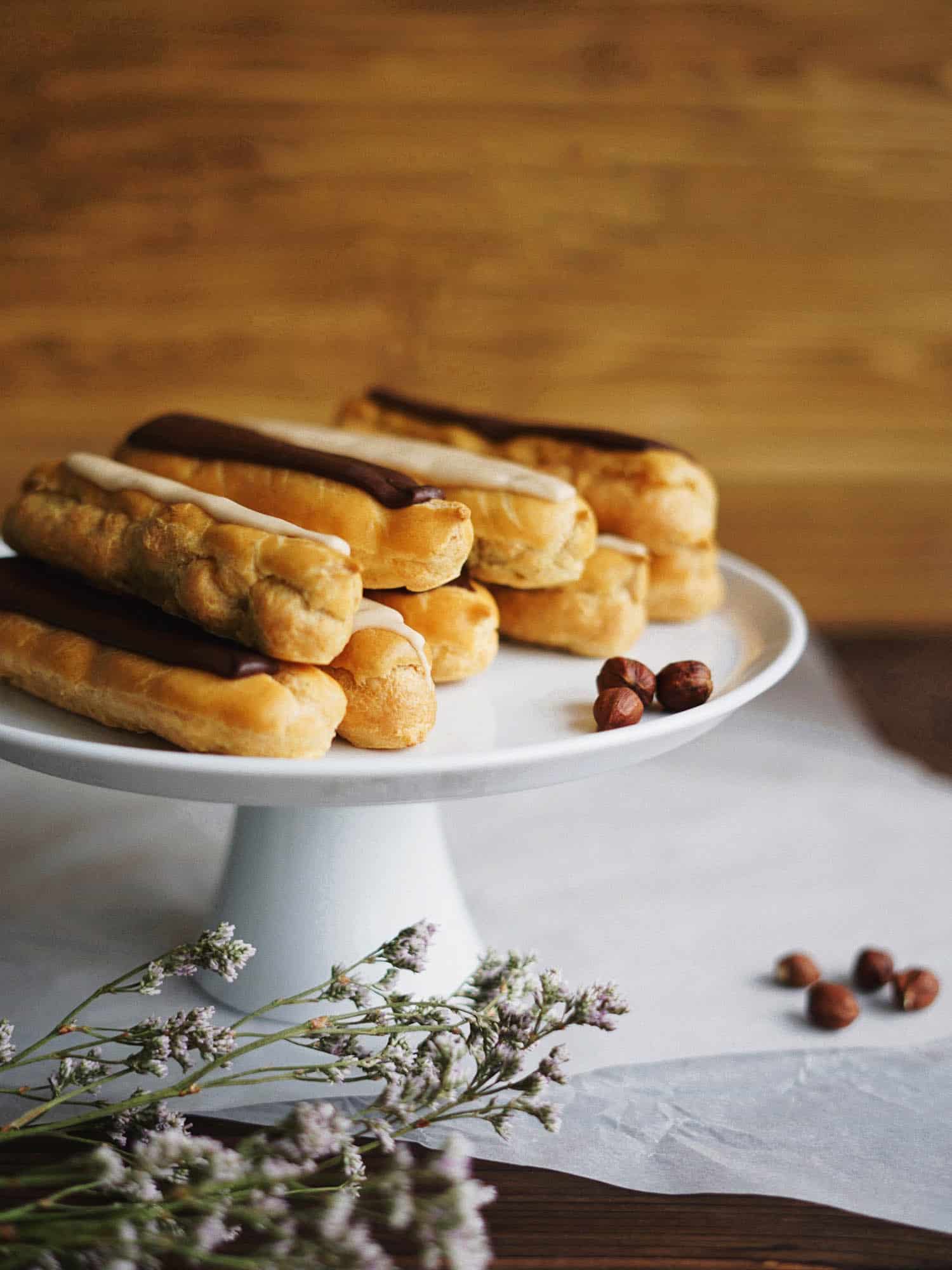
This is a really interesting summary of a range of foods. French cuisine obviously is nothing if not eclectic. I enjoyed reading it.
Great post!
Thanks for sharing..
I love reading your posts. They are very informative and well written. Good luck
All recipe is look like delicious. I would like to taste Salted Butter Caramel and foie gras.
Yummy food, I loved it. images define which type of food, is it. tasty ,yummy.